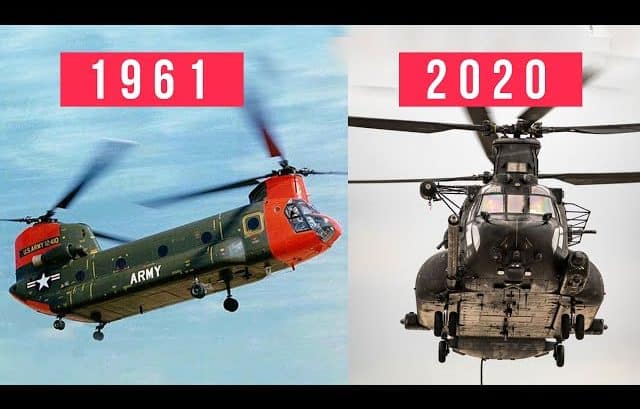
In 1943, Frank Piasecki and Harold Venzie invented the PV-2 helicopter, the second most successful helicopter ever to fly in the US.
By March 7, 1945, the company created the PV-3, the biggest helicopter in the world at the time, and the first successful use of the tandem rotor design. In the 1940s, a few other designs enhanced the tandem rotor concept, such as the HUP-2 and 3, paving the way for the most remarkable airframe.
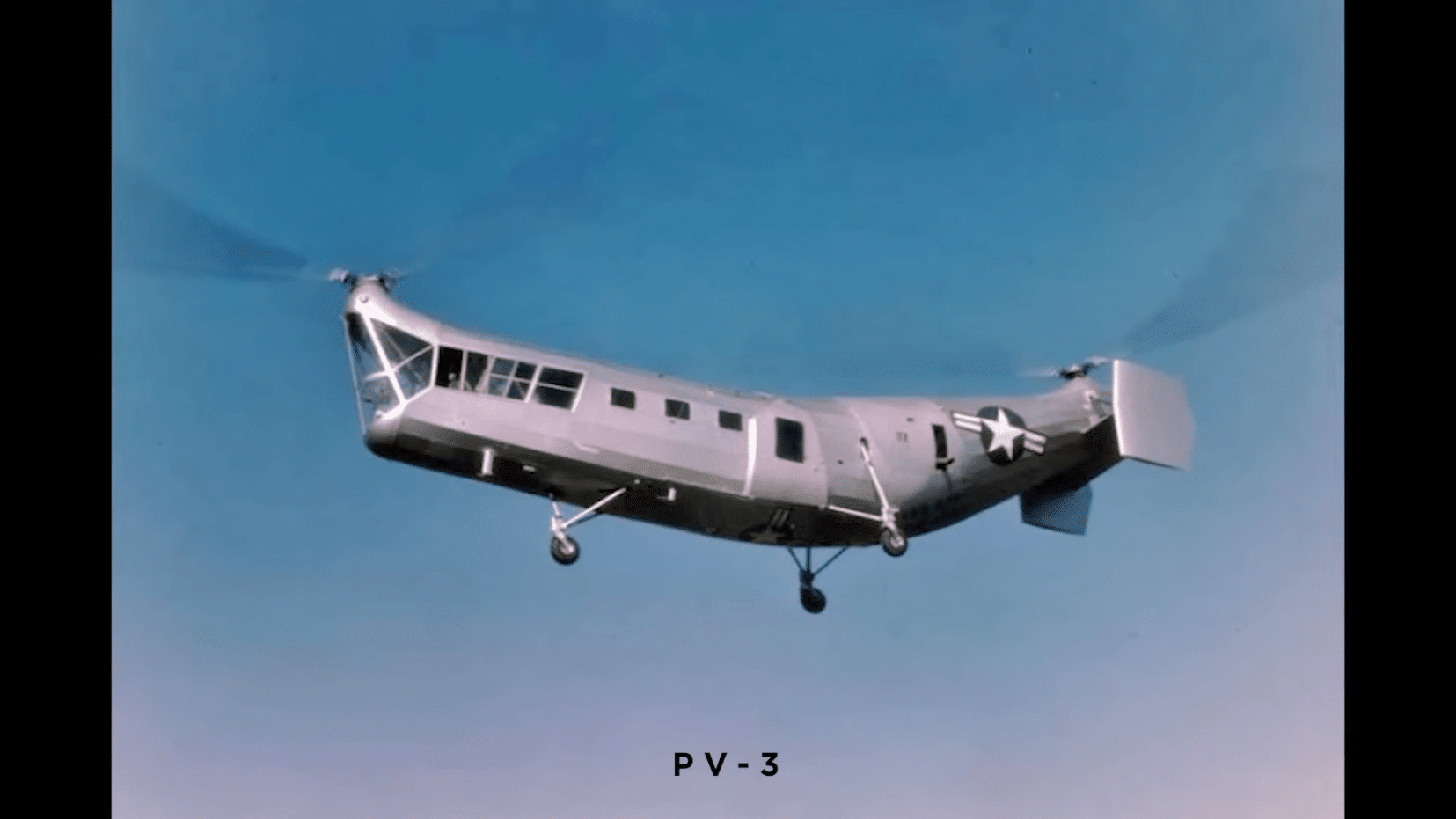
A helicopter that has a proven track record of being crucial in the field with few, if any alternatives capable of fulfilling the same role. This multi-role vertical-lift platform served more than 20 countries and just keeps getting better.
Origins
The origins of the Chinook date back to the 1950s. In 1956, the US Army sought to expand and modernize its fleet of rotary-wing aircraft.
One competition was to find a replacement for the Sikorsky CH-37- the main heavy-lift helicopter used by the Army. The competition entailed designing a heavy lift helicopter, integrating a turbine engine.
More Powerful Design
A request for Vertol was made, for a bigger and more powerful V-107, designated as HC-1B. Powered by two Lycoming T55 turbines with engines producing 2000 hp each, using counter-rotating rotors that evened out the torque.
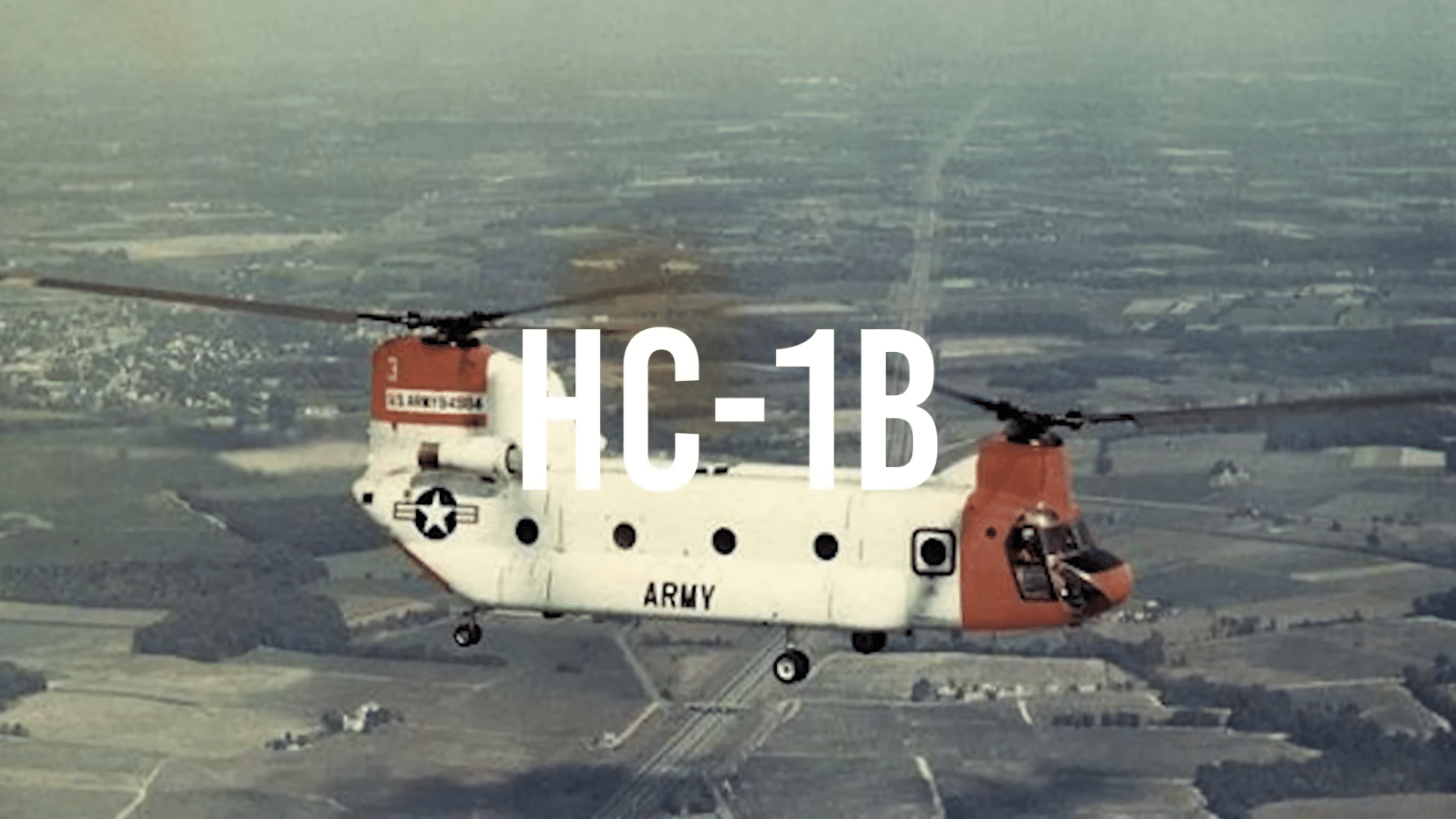
The plane was able to create massive amounts of lift. Twin engine designs like this also meant that if one engine failed, the other could take over. The first HC-1 would take the air on September 21, 1961.
The Chinook
Initial tests proved to be successful, leading the US Army to designate the plane as CH-47A, aka the Chinook.
It first entered limited use in 1962, entered large-scale service in 1965, and was sent to Vietnam to be used as medium transport. Although there was plenty of criticism surrounding this plane at first, eventually the pilots and crew in Vietnam began to realize the plane’s true potential.
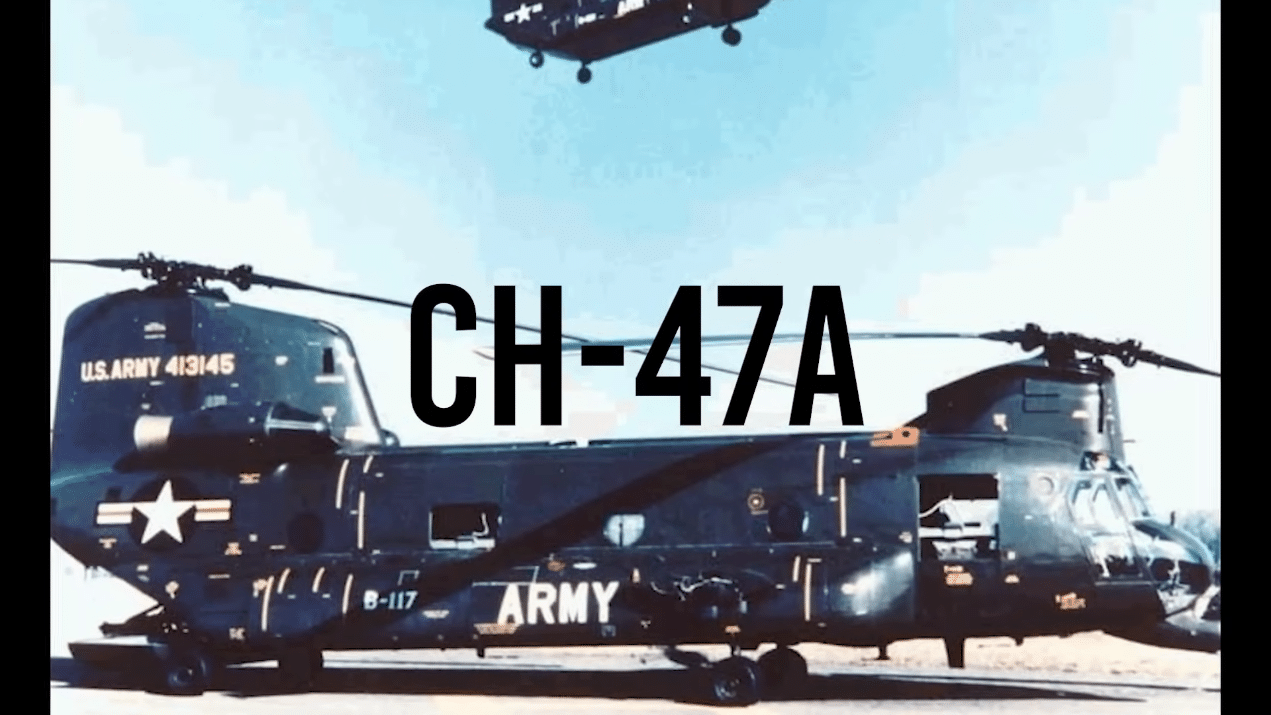
Unmatched
Its ability to lift heavy equipment like artillery was unmatched by other helicopters during its time, including the Huey. It’s also highly capable of rescuing downed aircraft like many Hueys.
During the Vietnam War, the Chinook was responsible for rescuing more than 12,000 downed aircraft.
Models
The CH-47B model featured several improvements, including a slightly improved engine, the T55 L-7C, producing 2,800 hp while featuring mounting points for M60 machine guns on both side doors and the rear ramp.
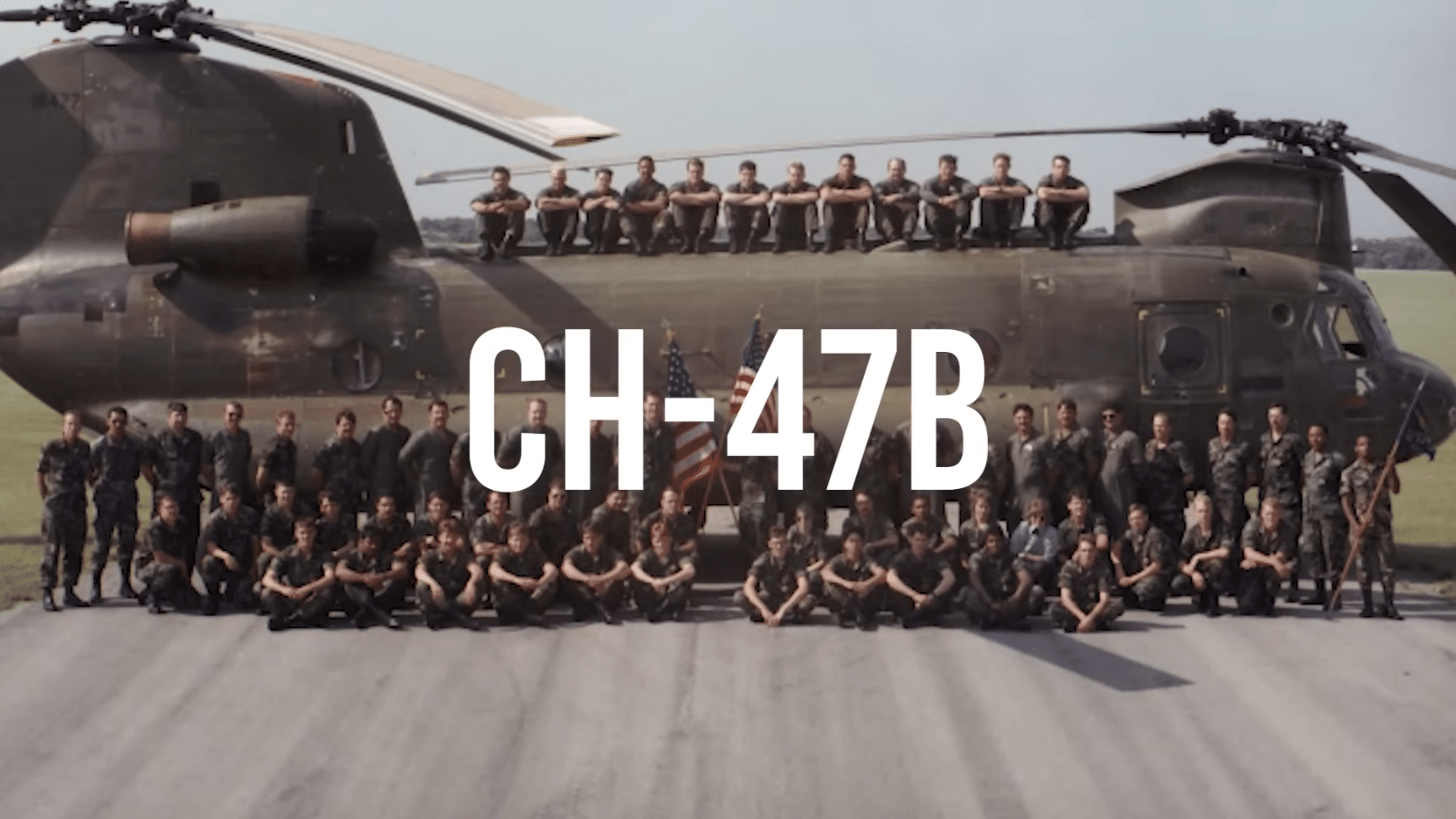
The CH-47C featured an enhanced engine and better transmission. It sought to overcome all issues that were found in the original Alpha variant. It also enhanced the gross weight limitations of the previous variants.
Meanwhile, the MH-47D features a terrain-following radar, modified avionics, and enhanced fuel capacity for longer missions. Then came the CH-47F or Foxtrot, the latest base model Chinooks, currently serving in an operational capacity. Newer engines were implemented, and a modernized avionics system. Alongside the Foxtrot is the MH-47 G, the most modern Chinook variant aimed at Special Forces use.
Conclusion
The jet design has dramatically improved to the stealth fighter profiles we see today. In contrast, the Chinook retains its core features from 60 years ago, yet still remains contemporary as a medium to heavy-lift helicopter.